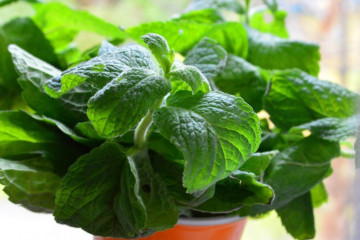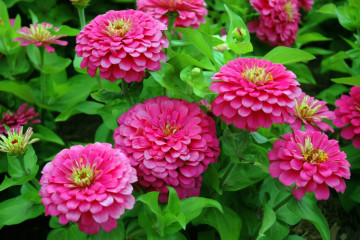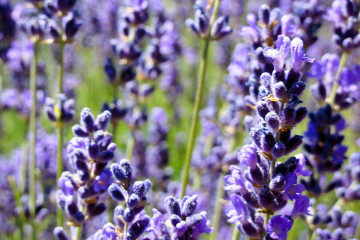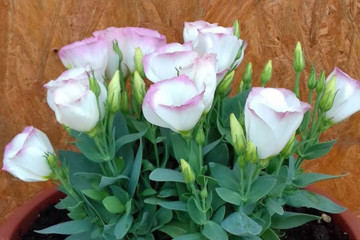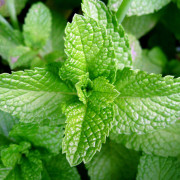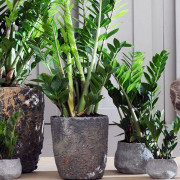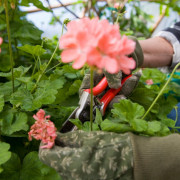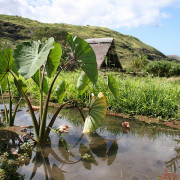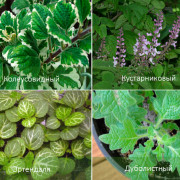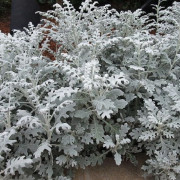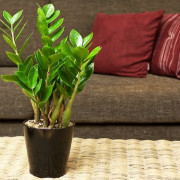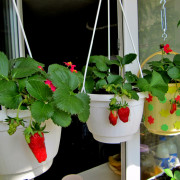Basil - growing from seeds at home on a windowsill
Content:
A spicy culture like basil is actively used in cooking, and some gardeners grow it just for beauty. Basil bushes can be grown both outdoors and on a windowsill. In each case, first of all, you should choose a suitable variety and comply with certain agricultural technology requirements.
Growing basil from seeds at home
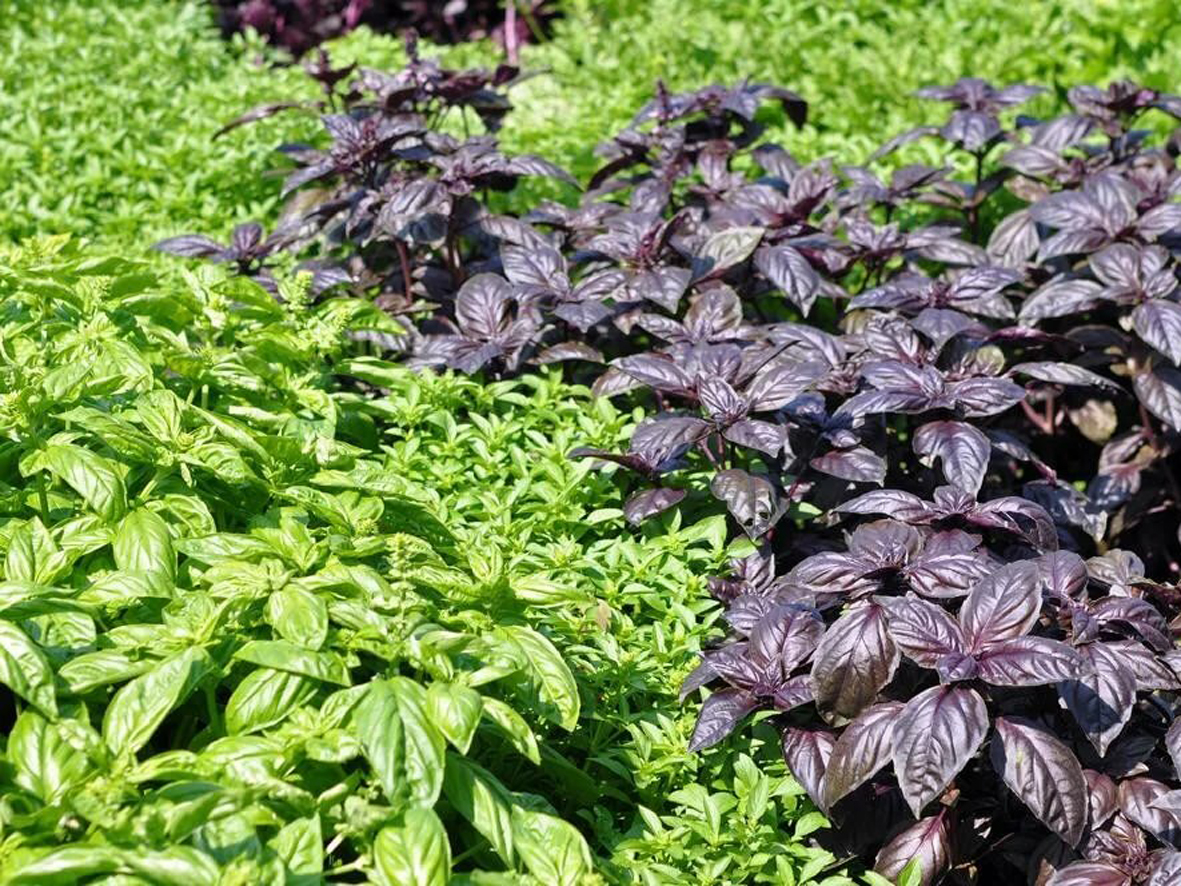
Basil can be grown for beauty and health benefits
It is worth noting that basil, growing from seeds of which is not so easy, is a thermophilic and quite demanding culture for illumination. Young seedlings require especially careful care, which can be harmed by temperature changes, inaccurate watering and even a draft. But do not think that the culture is too capricious and should not be grown. Difficulties can arise only in the first couples, and if everything is done correctly, growing basil will not be difficult.
Caring for basil at home implies compliance with 2 important rules, namely:
- Regular watering as the soil dries up by 1-2 cm with settled water at room temperature. The plant can get sick from using cold water.
- Maintaining an average air temperature of at least 16 ° C. It is worth noting that the plant also really does not like high temperatures, above 24 ° C.
For indoor and outdoor cultivation, there are the most suitable varieties. For the windowsill, it is better to choose compact varieties - often amateurs are engaged in the cultivation of lemon basil. For open ground, varieties should be chosen, taking into account their frost resistance. There are several varieties on this list that are most adapted to temperate climates.
All varieties of basil can be categorized according to the nature of the aroma and taste that it possesses. There are several of them and each of them has the best varieties:
- Lemon basil includes several varieties that have a pronounced sourness. Leading among them is the Lemon Miracle variety. It belongs to the early maturing and fruitful. The leaves can be incorporated into sweet preparations and desserts, or used to make tea.
- Varieties with a pronounced anise aroma can be distinguished into the anise group. Basil Italian can be called a favorite - it is he who is most often included in the dishes of chefs around the world. The plant is quite compact and unpretentious.
- The third group of varieties combines a delicate peppery aroma and taste. The leader is deservedly the Yerevan variety. The dark purple leaves of this spicy culture are commonly used in meat dishes and in savory salads.
All of these varieties can be grown quite successfully outdoors in a temperate climate. Due to the fact that young basil seedlings are very fragile, it is best to grow the culture in a seedling way.

Be careful with young plants
Planting basil seedlings at home
Growing basil seedlings at home is carried out step by step and consists of several stages. First of all, you should prepare the soil for sowing. You can use a ready-made peat-based substrate or prepare the mixture yourself.To do this, you need to mix peat, garden soil and sand in a 2/2/1 ratio. The most important thing is that the soil should be light, water and air permeable.
For seeding, it is best to use a flat container with many drainage holes. The seeding process itself looks like this step by step:
- The container is filled with a small layer of drainage, and then with soil.
- Moisten the soil surface with warm water.
- Spread the seeds evenly over the surface.
- The crops are covered with a layer of dry soil, the thickness of which is no more than 1 cm.
Some gardeners recommend watering over the surface after sowing. This method can also be used, but it increases the risk of compaction of the soil surface, which consequently can make it difficult for the seed to germinate.
To create a greenhouse effect, glass or film is installed over the container and placed in a warm place with a temperature of at least 23 ° C. In a week, when the first shoots appear, it is desirable to lower the temperature by 2-3 ° C, but no more.
Basil seedlings are thin and fragile, so you shouldn't completely remove the cover right away. It is better to accustom the plants to the open space gradually by short-term airing of the greenhouse.
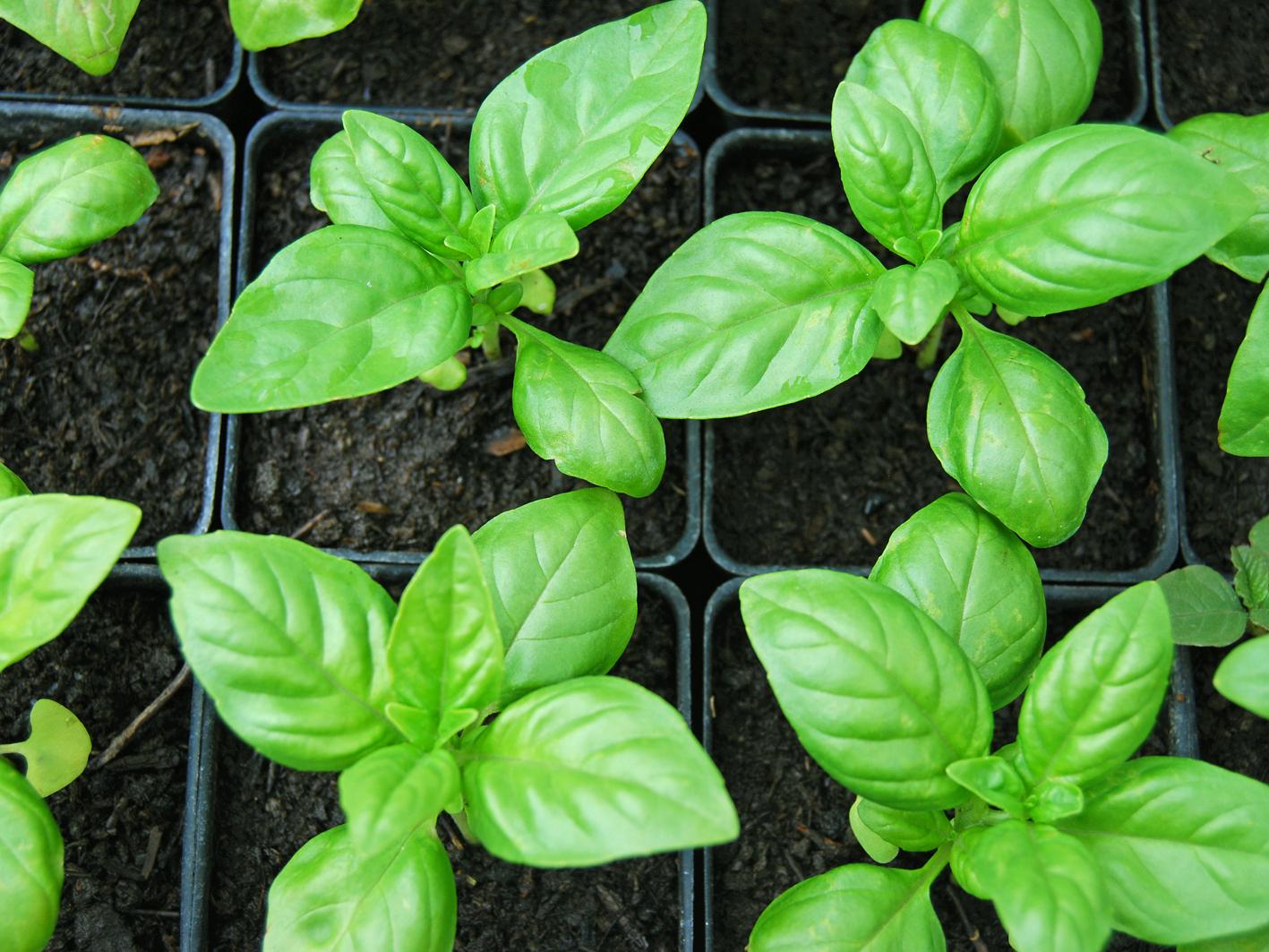
If you follow the rules, healthy seedlings will grow
Further care of the seedlings consists in regularly moistening the soil and maintaining the optimum temperature. It is not worth adding subcortexes at the stage of growing seedlings, since young plants are still too sensitive. After the appearance of 2 true leaves, the seedlings dive. 2 weeks before planting, hardening is carried out - they take the plants out of the house to the street, gradually increasing the interval.
Basil: growing from seed on a windowsill
Not all varieties of basil are suitable for growing in an apartment on a windowsill. It is best to plant compact varieties for this purpose. There are several of the most popular varieties:
- Vanilla aroma. Mid-season variety. The dark purple leaves have a pleasant vanilla scent.
- Mint. Very early. The dark green leaves have a mint scent and flavors of mint and basil at the same time.
- Compatto. Medium early. The green leaves have a peppery aroma.
- Basilisk. Early variety. Differs in compactness and clove flavor and smell.
- Dwarf. Very compact - about 15 cm high. Small leaves have a spicy taste.
All of the listed varieties do not reach a height of more than 18-20 cm, which is very convenient for using them as a pot culture.
Features of care and harvesting
Caring for indoor basil in the first weeks of growth is identical to that which is necessary for seedlings of this culture. Further measures are slightly different from those that are applicable for open ground. First of all, this concerns picking - plants should be planted in larger pots, with the expectation of the growth of the root system.
For active growth of the culture, it is necessary to regularly water it, which is desirable to combine with spraying. All actions should be aimed at creating conditions similar to those of open ground. This also applies to temperature - it should not fall below 13 ° C and rise above 22 ° C.
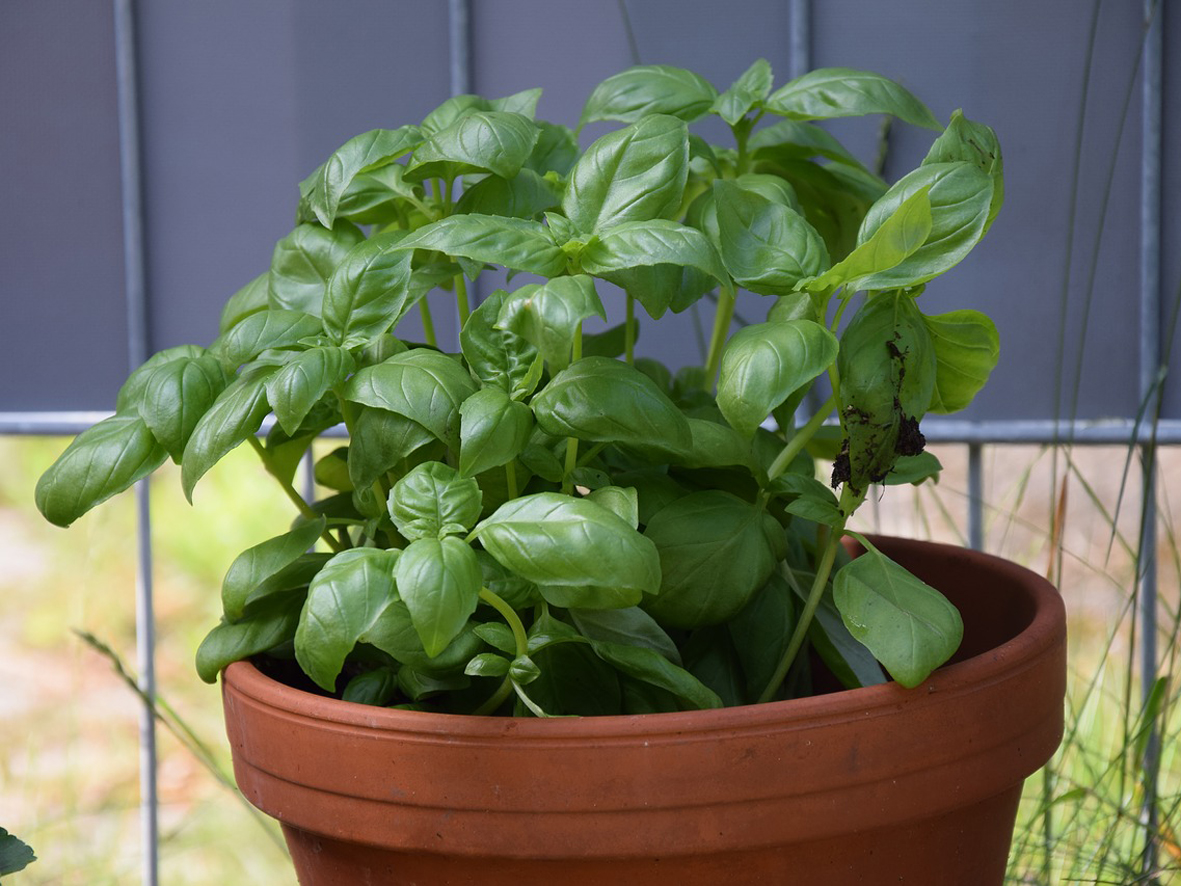
Spice can be successfully grown in a pot
In the first stages of growth, after the appearance of 4-5 leaves, the plants are pinched to stimulate branching. This stage can be called the first harvest. It usually occurs 2-3 weeks after sowing.
Further, for use, you can partially shorten the shoots or cut off the most developed ones completely. In the first case, new shoots will appear, but they will be weaker than the previous ones. When using the second collection option, the remaining shoots will begin to develop more actively, but fewer new ones will appear.
Basil is a very valuable and decorative crop. The leaves of this plant are used to prepare various dishes and preparations. Some varieties taste like mint, while others taste like lemon. You can grow a culture both in the open field and on a windowsill. For each case, you should choose the most suitable variety and apply the necessary care rules. Young shoots should be especially carefully looked after - they are very fragile and can suffer from many factors.
